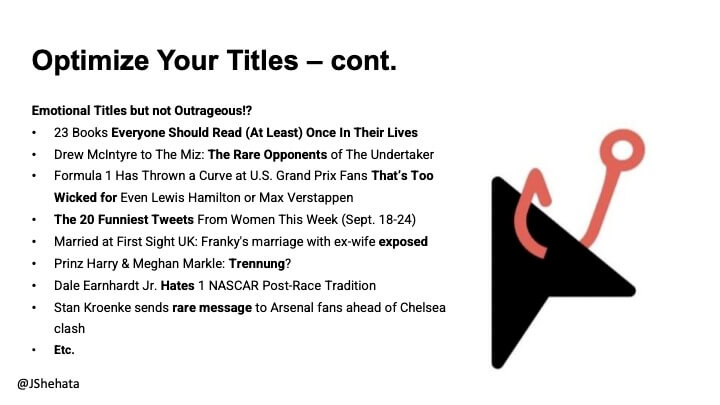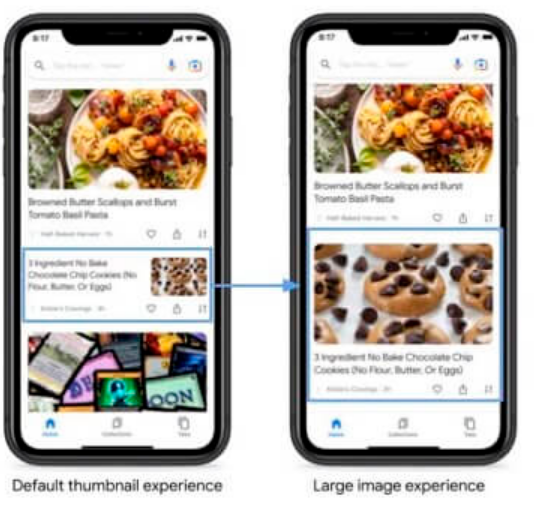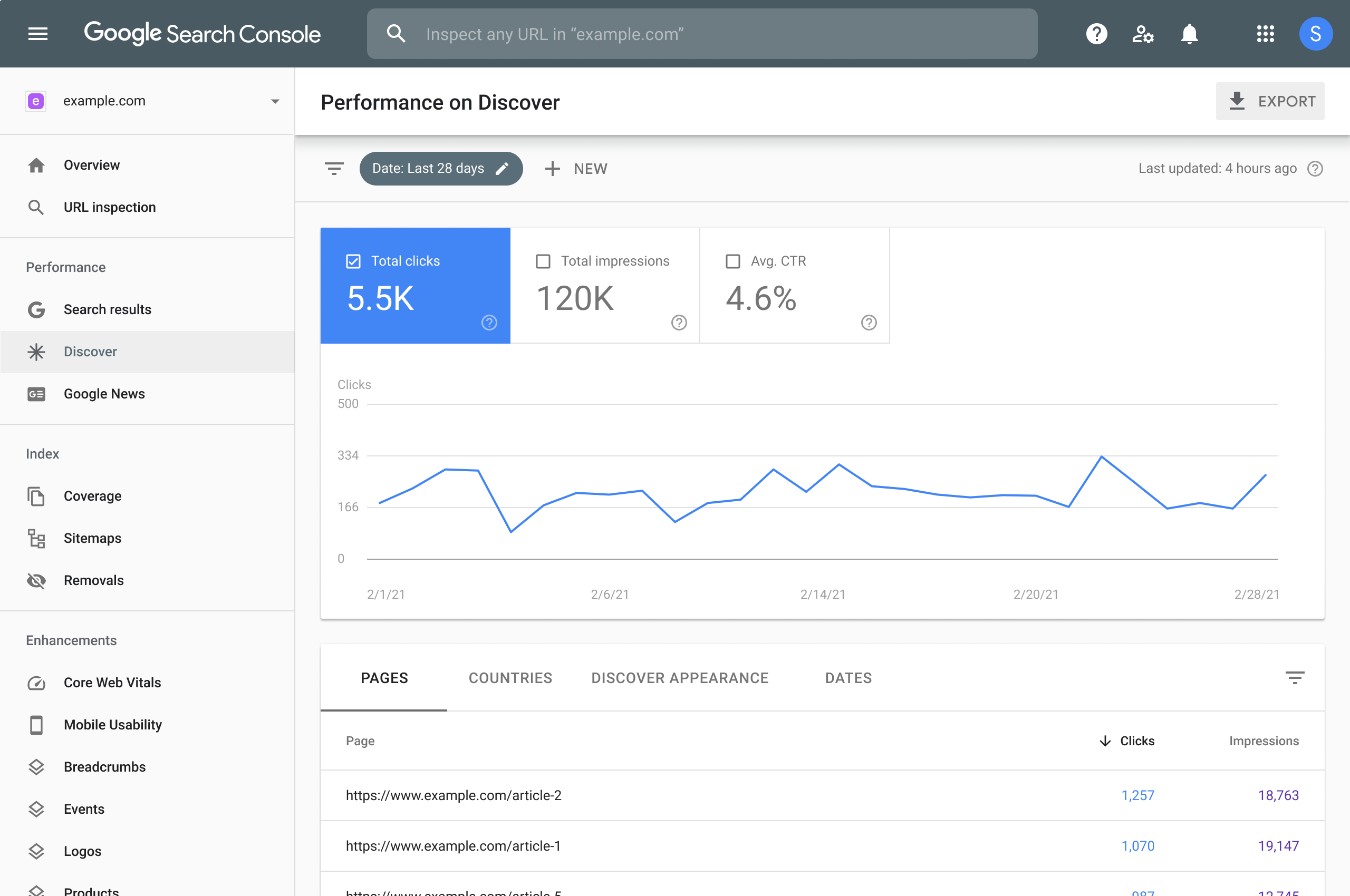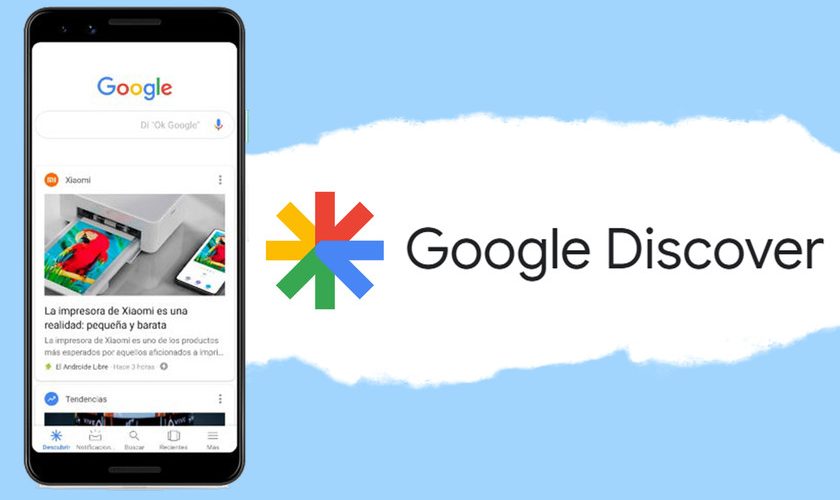Last Updated on November 24, 2021
Google’s newly introduced Discover Feed is a feature that is aimed at providing mobile users with a stream of content based on their interests.
Google Discover can be an excellent source to drive substantial traffic to your website, but it is not an easy nut to crack.
According to experts, there is no way to create content that can explicitly target Discover’s interest matching.
What is Google Discover?
At its core, Google Discover is a mobile experience beyond your own recognition. It brings you the content that you don’t even know you need.
Simply put, it’s an entirely different search experience that is completely automated. Once, the system learns enough about you, you will keep getting fresh content.
Google learns about you and your search preferences based on your search and device activity. It involves looking into web and application activity, location history and location settings. The Discover Google platform can be set to uncover certain topics for you, by following similar topics or entities.
What Google Discover does better than any other search system on the internet is to provide you with the most relevant and ‘timely’ content based on your needs, even when you are not looking for it.
At present, the Discover experience is designed for mobile users and most of the content available on this platform is in mobile-oriented format.
Can you improve your chances of appearing in Google Discover content?
The answer is not simple, but there are certain factors that increase your chances of ranking well in Google Discover.
What we are about to share is the result of experimentation by industry experts to find tactics publishers can use to strengthen their chances to rank in Discover Google.
Replace Clickbait Titles With Emotional
After analysing the titles that are performing well in Google Discover, it was discovered that about 25% of the titles appeared to be ‘clickbaity,’ but actually, they are emotional titles.
According to John Shehata, VP, global audience development strategy & CRM at Condé Nast, “No, that (clickbait titles) will not work, if you promise one thing and you go to the site and it’s completely something else, Google can recognize this very well, but emotional titles still work very well.”

He further adds that there is a fine line between clickbaity and outrageous titles and titles that have an effective emotional element.
Additionally, it was found that of all the top-ranking articles in Google Discover, 13% (lowest CTR) were listicles. Therefore, brands looking to get traffic from Google Discover must try to avoid such listicles as they get the lowest CTR and are often ignored as being generic and made-up lists.
Include high-quality visuals
There is an increasingly important need for images used in the content for Google Discover must have at least 1200 pixels wide resolution and must use max-image-preview:large setting. This will replace the smaller size image results with full-width images as shown in the image below:

This method is known to improve the CTR of the content two to three times. Here are some key points to optimize images for Discover.
- Use 16:9 aspect ratio for hero images.
- Do not use a site logo as your image.
- Avoid manipulated media.
- Save images with a descriptive file name.
- Add appropriate alt text.
- Use a descriptive caption.
Enhance E-A-T signals
It is true that both Search and Discover are different products, however, the overall principles of E-A-T as they apply to content are similar. Not before, but Google added the term E-A-T (expertise, authoritativeness and trustworthiness) to its Discover guidelines in 2020. This means now Google Discover evaluates content based on E-A-T to rank the appropriate categories.
By demonstrating E-A-T you can let Google know that your content is reliable, free from any misinformation and is worth recommending in Discover. We already have a helpful guide on how to improve the E-A-T of your website.
As such you can work on these optimizations to improve E-A-T for your readers:
- Make sure your site is HTTPS
- Always include author information, dates and bylines in articles
- Provide correct information about the publication, the publisher and/or the company behind it for trust.
- Correct contact information is important for greater trust and transparency.
- Add links to the author’s social media profiles.
Identify topics and entities that work for your brand
Now you can access Discover data from the Google Search Console Analytics API, you can work on solutions to use Google’s natural language processing to identify what type of topics and entities interest your audiences.
Shehata recommends, “once you utilize the Google Discover API and run it through Google natural language processing, you start to figure out what topics work for you.” He further adds that publishers should “double down on these topics” as Google already considers them to be an authority on those subjects.
Refresh evergreen content
Another way to drive Discover traffic is to update your evergreen content. There has been a spike in traffic every time the evergreen content is refreshed.
Focus on using the same URL but tweak the titles to indicate that you have updated the evergreen content. This will help in refreshing the search result rankings as well.
Understand your Google Discover data

There is an easy way to contextualize your Discover data. This will help you find out what stories performed above or below average. Focus on these metrics:
- The average CTR per category;
- The average impressions per story; and
- The average daily life span per story.
Also, note that the traffic you get from Discover will be categorized as “direct” in Google Analytics. With proper optimization, you can get as much as 25% to 30% of direct traffic from Google Discover.
Remember, Google Discover is just a supplement source
Google Discover traffic must not be treated as your primary focus for SEO and related optimizations. It is too unpredictable and not fit to be the core SEO strategy. You must use Google Discover as a source of bringing in additional traffic to reach the business goals.
As there is no way to target users or interests, just focus on doing everything you can to optimize your content for Discover as we mentioned above. With a little bit of optimizations, you might get a lot of traffic.

